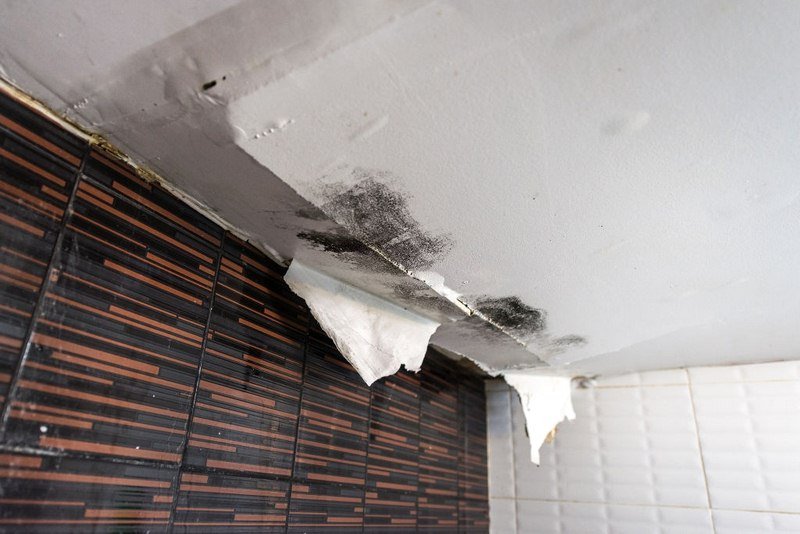Spot Half a Dozen the Most Triggers for Leakage Within Your Home
Spot Half a Dozen the Most Triggers for Leakage Within Your Home
Blog Article
Here down the page yow will discover some quality information and facts pertaining to How to detect water leaks in your home.

Leakages not just trigger waste of water yet can also cause unneeded damages to your residence and also advertise undesirable natural development. Regrettably, water leakages may go undetected given that a lot of the pipework in our home is hidden. By looking and recognizing for daily circumstances that cause leaks, you can secure your home from future leaks and unneeded damage. Today, we will check out six leak triggers that may be causing your pipes to trickle.
Encroaching roots
A lot of water leakages begin outside the house rather than inside it. If you notice a sudden decline in water stress, state in your tap, take time to go out and examine your lawn. You might discover wet patches or sinkholes in your backyard, which may indicate that tree roots are invading water lines causing water to leak out. You can have your plumber look for intrusion, particularly if you have trees or bushes near your building.
Rusty water systems
As time goes by, your plumbing system ages and deterioration such as rust might start gnawing the pipes. This may be the reason for staining or bending on your water pipes. This asks for an assessment with your plumber instantly. If our plumbing system is old, take into consideration replacing the pipes because they are at a higher threat of corrosion than the newer models.
Faulty Pipeline Joints
Pipe joints can degrade over time, resulting in water leakages. If you have noisy pipes that make ticking or banging sounds, especially when the hot water is transformed on, your pipeline joints are most likely under a great deal of pressure.
Immediate temperature changes.
Extreme temperature level adjustments in our pipes can create them to expand and also contract unexpectedly. This growth as well as contraction may create splits in the pipelines, especially if the temperature level are below freezing. If you maintained an eye on how your plumbing functions, it would certainly be best. The visibility of the formerly pointed out circumstances regularly suggests a high danger.
Poor Water Connectors
At times, a leak can be created by loose hose pipes as well as pipelines that provide your appliances. In case of a water links leakage, you may discover water running directly from the supply line or pools around your appliances.
Clogged Drains
Clogged drains pipes may be bothersome as well as inconveniencing, yet they can often wind up triggering an overflow causing rupture pipes. Maintain eliminating any kind of materials that may decrease your drains pipes that can obstruct them to avoid such aggravations.
All the above are root causes of leakages however not all water leaks result from plumbing leaks; some leakages might come from roof covering leaks. All leakages need to be fixed immediately to stay clear of water damage.
Leaks not only cause waste of water yet can additionally trigger unneeded damage to your house and also promote undesirable natural development. By understanding and also looking for daily situations that trigger leaks, you can safeguard your residence from future leakages and unnecessary damages. Today, we will certainly look at six leakage triggers that may be creating your pipes to drip.
At times, a leak can be created by loosened hoses and also pipelines that provide your home appliances. In case of a water links leakage, you may see water running straight from the supply line or pools around your devices.
How To Check For Water Leak In Your Home
How To Check for Leaks
The average household's leaks can account for nearly 10,000 gallons of water wasted every year and ten percent of homes have leaks that waste 90 gallons or more per day. Common types of leaks found in the home are worn toilet flappers, dripping faucets, and other leaking valves. These types of leaks are often easy to fix, requiring only a few tools and hardware that can pay for themselves in water savings. Fixing easily corrected household water leaks can save homeowners about 10 percent on their water bills.
To check for leaks in your home, you first need to determine whether you're wasting water and then identify the source of the leak. Here are some tips for finding leaks:
Take a look at your water usage during a colder month, such as January or February. If a family of four exceeds 12,000 gallons per month, there are serious leaks.
Check your water meter before and after a two-hour period when no water is being used. If the meter changes at all, you probably have a leak.
Identify toilet leaks by placing a drop of food coloring in the toilet tank. If any color shows up in the bowl after 10 minutes, you have a leak. (Be sure to flush immediately after the experiment to avoid staining the tank.)
Examine faucet gaskets and pipe fittings for any water on the outside of the pipe to check for surface leaks.
Undetected water leaks can happen without the home or business owner even realizing. If you suspect a water leak, but not able to find the source. It is time to contact a professional water leak detection service, The Leak Doctor.
How To Find a Water Leak In Your Home
https://www.leakdoctor.com/blog/How-To-Check-For-Water-Leak-In-Your-Home_AE197.html

I am very taken with How Fast Water Damage Can Ruin Your Home and I hope you enjoyed reading the page. Are you aware of anybody else who is serious about How Fast Water Damage Can Ruin Your Home? Be sure share it. Thanks for your time. Kindly check our blog back soon.
Professional touch for plumbing woes. Report this page